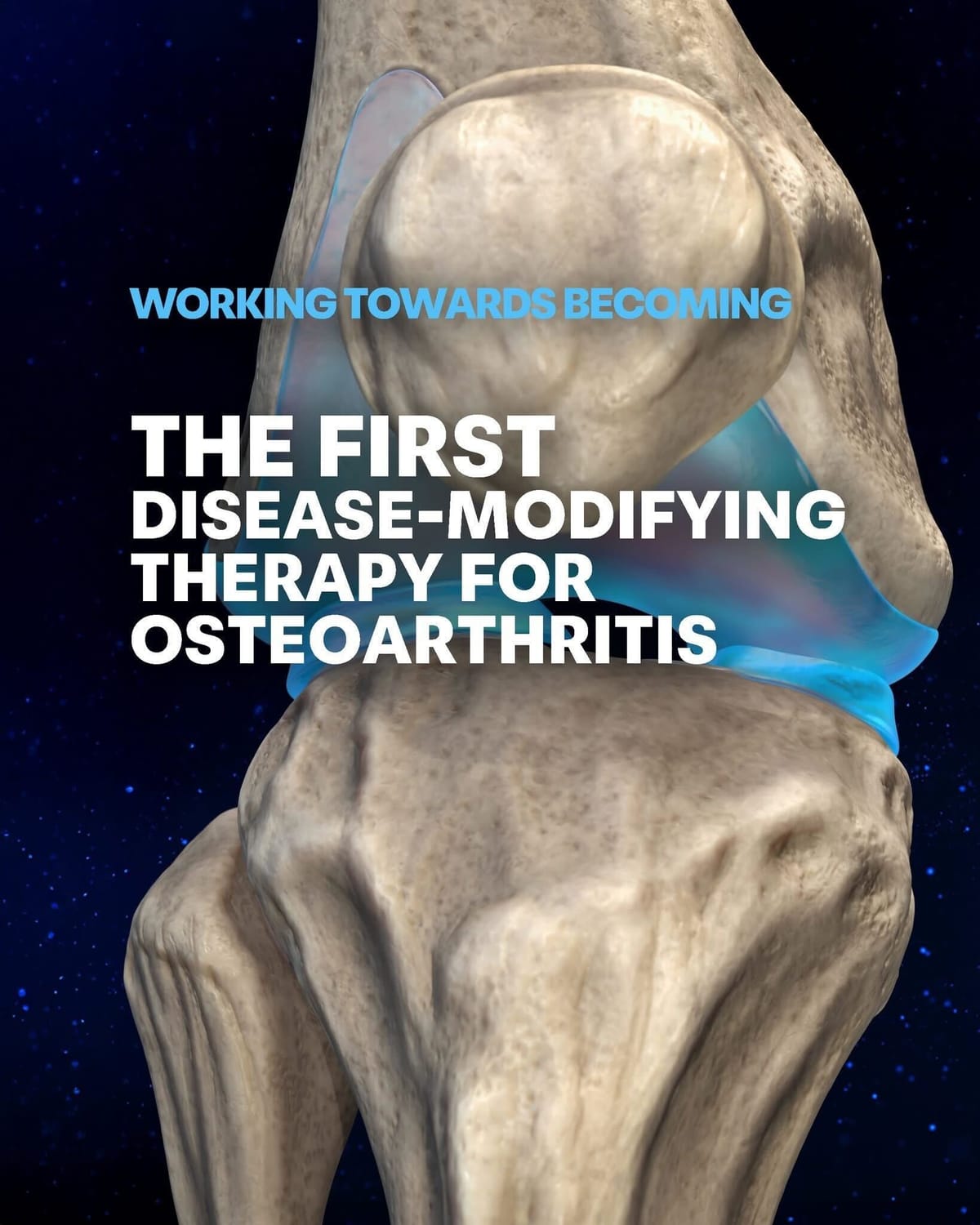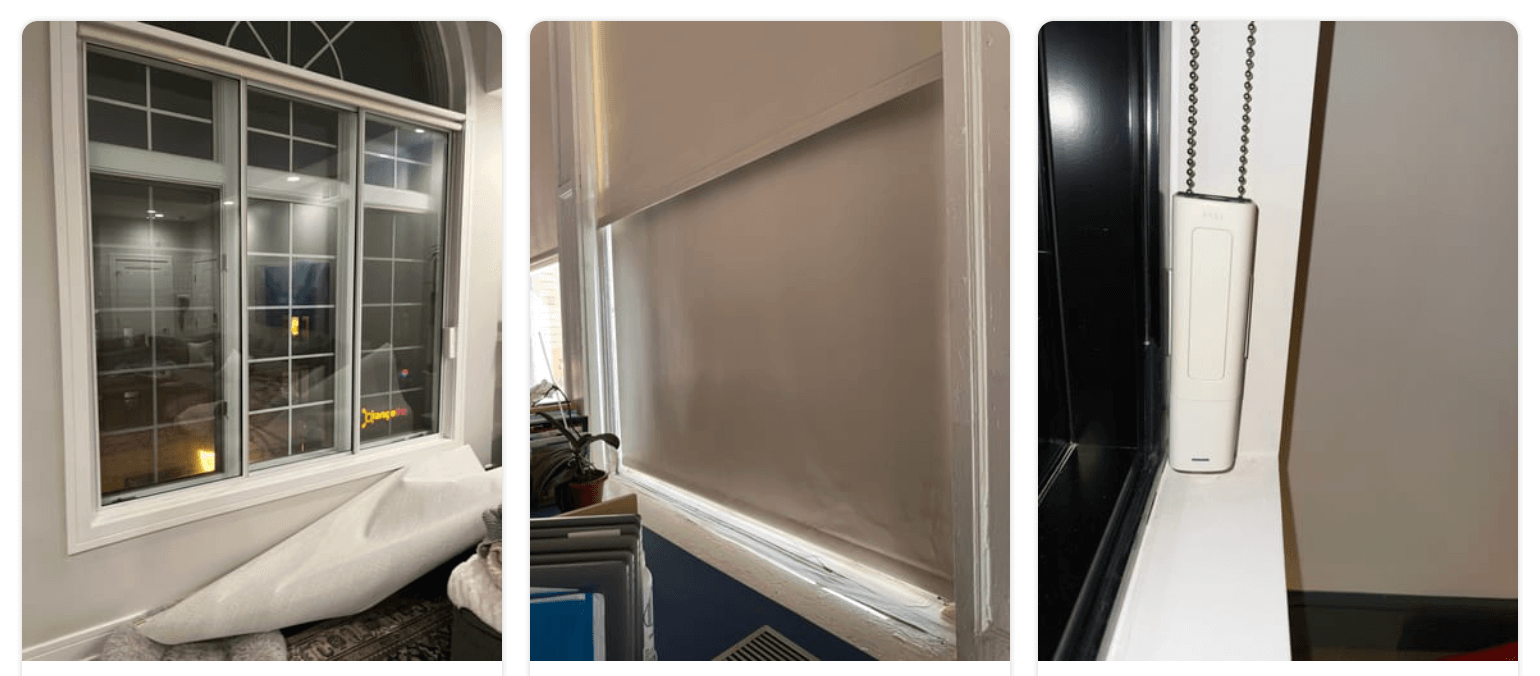Why Did Big Pharma Spend Billions and Still Fail at OA?

Because when you treat a forest fire like a sunburn… it doesn’t end well.
Osteoarthritis (OA) isn’t new; it’s not rare. It’s not poorly understood but just poorly treated. And that’s not due to a lack of trying; Big Pharma has spent billions chasing an OA breakthrough.
So far? Every single disease-modifying attempt has failed. Why? Let’s break it down.
Mistake #1: Targeting The Wrong Thing
Big Pharma’s strategy for decades was to go after one enzyme at a time. They’d pick a single molecule, say, MMP-13 or ADAMTS-5, design a drug to inhibit it, and hope the dominoes stopped falling. But OA doesn’t work like that.
It’s not a single bad guy. It’s a gang of destructive enzymes, inflammation, tissue degeneration, and structural breakdown all feeding off each other.
Blocking one target is like duct-taping one leak on a sinking boat. It’s not enough.
Mistake #2: Using Blunt Tools
Most pharma companies used small-molecule drugs that floated around the bloodstream.
These:
- Affected more than just the joint
- Triggered off-target effects
- Sometimes made things worse
In fact, several high-profile OA drugs were pulled in animal trials because they accelerated cartilage loss. Yikes. No precision, no localization, and no bueno.
Mistake #3: Following The Wrong Blueprint
Big Pharma is optimized for scale, not nuance.
They want:
- Drugs that treat the masses
- Recurring prescriptions (hello, chronic pain)
- Minimal regulatory friction
They’re not built to develop localized, biologic, regenerative solutions. That’s why Cytonics is doing what they couldn’t.
So, How is Cytonics Different?
- Multi-enzyme inhibition: CYT-108 doesn’t block one target. It traps dozens of proteases with a “molecular bear trap” design.
- Localized delivery: It’s injected directly into the joint. No off-target side effects, no guesswork.
- Built from biology: It’s not a synthetic drug. It’s a bioengineered version of a molecule your body already uses to stop joint damage.
- Regeneration potential: Preclinical and now independent research shows A2M may actually support cartilage growth, not just preservation.
TL;DR?
Big Pharma’s OA failures weren’t just bad luck; they were strategic blind spots. Cytonics didn’t take that same path. They found a new one and it’s working.
Invest in Cytonics
*Sponsored by Cytonics
Reg A Disclaimer: This investment is speculative, illiquid, and involves a high degree of risk, including the possible loss of your entire investment. You may obtain a copy of the offering circular here.




